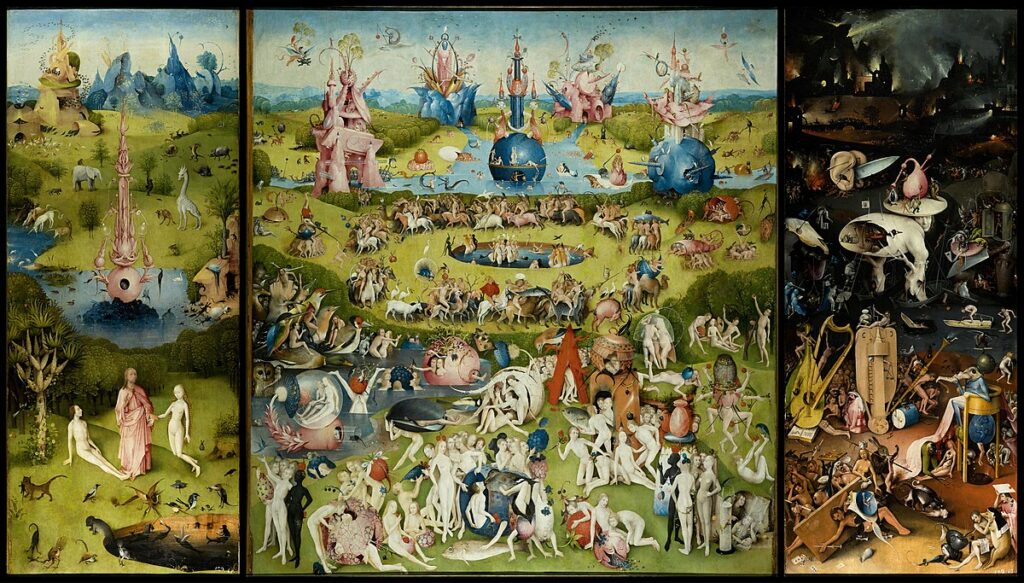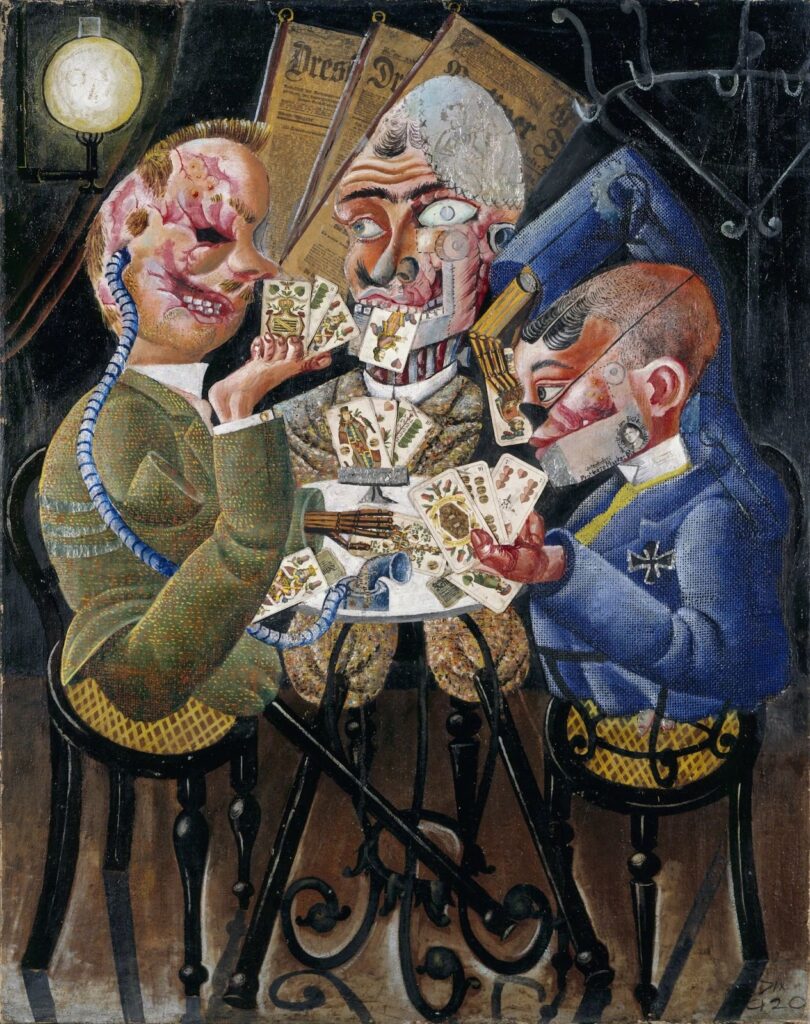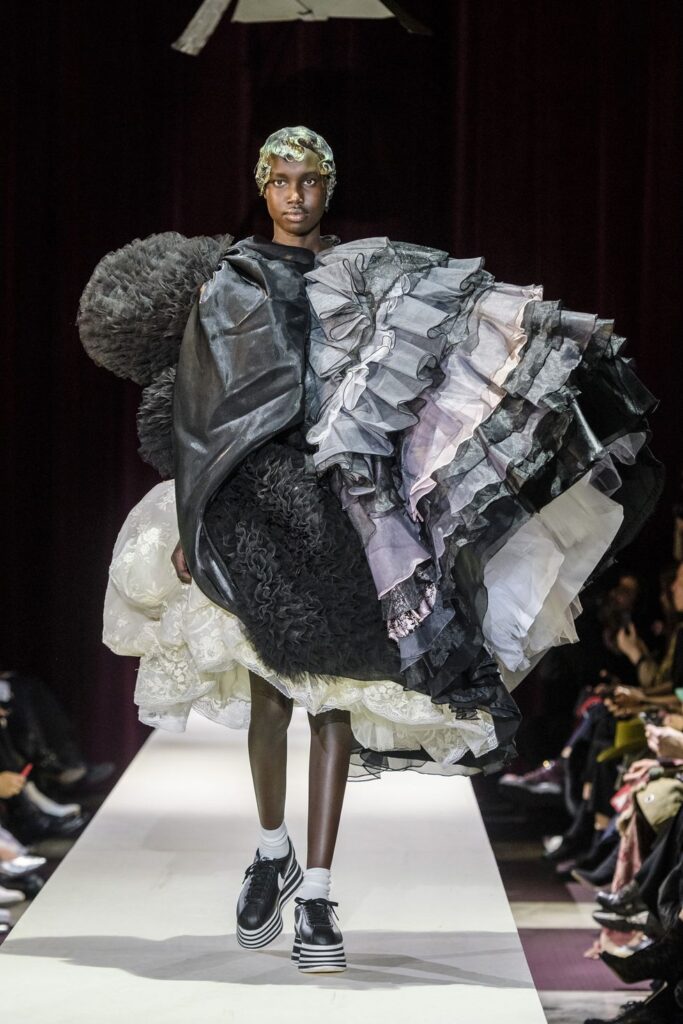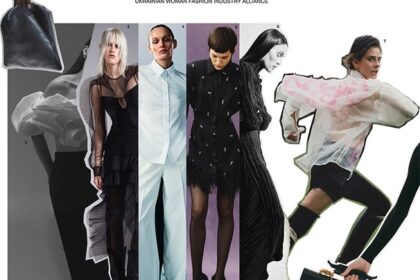The concept of ugliness is a multifaceted aspect of human experience, constantly overshadowed by its partner, beauty. Ugliness provokes reactions and challenges conventional norms. From art’s portrayal of the vile to fashion’s embrace of the unconventional, which navigates the intriguing interplay in contemporary society.
What is Ugliness?

In the contemporary world, the definition of ugliness usually corresponds to the unaesthetic aspects of one physical appearance. It’s a reference to a distinct model which is treated stereotypically as not pleasant to look at. The synonyms for “ugly” include unpleasant, horrible, unattractive, disagreeable or repellent. The term “ugly” contains reactions of disgust and almost violence of sorts. A simulation of negative emotion is produced, with no clear understanding of it. How can we make a clear judgement of ugliness given that it arouses emotional reactions?
Although ugliness seems incomparable to the beauty, they truly are engraved on the same coin but on different sides. In the sense of both follow a reference to a specific model. In the example of art, the artist’s treatment of ugliness in the illustration of people with disabilities, dangerous landscapes, mystical creatures, or too much of one. When the primary purpose was survival, people may have viewed anything threatening as ugly. Much of the so-called “ugly art” was forgotten and hidden away due to its unappeal to the audience.
The European Renaissance art movement valued captivating the ugly as a warning, contrasting the heavens and hell. The recognised Hieronymus Bosch’s The Garden of Earthly Delights triptych, opens an imagery of the human consumption of the world pleasure with the aftermath of what may come in the afterlife. Bosch himself may have been warning the viewer of the too much amusement. When in the Renaissance period the discovery of the human was as significant as the mentioning of the divine, it constituted the liberation of art expression. Art did not only have to be for the church or in respect of the church but it was done for the fulfilment of the viewer. Despite, the painting being oddly humorous and captivating to look at, it produces proportions of beauty and composition with the inclusion of strangeness. How can one’s art be both beautiful and strangely unappealing to look at?
Why is ugliness fascinating?

In all concerns, it should not always be good vs evil or beauty vs ugliness — both of these judgments tap into the same emotional aspects in our brains. It’s all much up to the subjective nature of both what is ugliness and beauty. It is seen in the Philosophical Dictionary by Voltaire in the discussion of beauty or kalon, “Ask a toad what beauty is, the to kalon? He will answer you that it is his toad wife with two great round eyes issuing from her little head, a wide, flat mouth, a yellow belly, and a brown back—Ask the devil he will tell you the beauty is a pair of horns four claws, and a tail.”
Otto Dix who was part of the German art movement New Objectivity didn’t want to follow the bourgeoisie aesthetics, he wanted to be working class. The kind of working class that was class-conscious and radical. Unfortunately, the art market is dependent on the ever-changing fashion tastes of the bourgeoisie art market. New Objectivity art movement is all about the return of nonnegotiable reality and focus on the truth. Dix directly responded to the reality of the post-World War I environment through exposure to the moral baseness of personalities and their type of day. It was presented through the sheer ugliness. Dix’s painting, “The Skat Players” showcases three severely wounded soldiers playing cards, implying that war is a game played amongst men, emphasising its aspect as an ugly gamble that humans taken upon themselves. Nevertheless, the artists of New Objectivity returned to a style that was able to confront the observer with the reality of an “ugly” Germany.
Maybe on a certain level, we got so bored of the “standardised beauty” that we can turn the coin on the other side. When said standardised beauty it is applicable to the most current definition of beauty, “a combination of qualities, such as shape, colour, or form, that pleases the aesthetic senses, especially the sight.” Definitions change so does the meaning of what the “standardised beauty” may be.
Ugliness makes you wonder and think, explaining the phenone not everyone is willing to think. While beauty makes us stalk and astounded. Ugliness is almost a sensibility of reality, the acknowledgement that not everything stands within regulations. Ugliness can be a rebellion, breaking the old and creating new criteria. Only through rebellion, something ugly can evolve to “standardised beauty.” What was ugly yesterday has become beautiful today.
Ugliness in Fashion
Ugliness in fashion has been embraced more now than ever but it still holds its high stakes. A garment can be ugly but it still captures our attention. The fashion of today can be extravagantly too much or do absolutely nothing for us. In the belief that fashion of all sorts should be accepted, while it may be misinterpreted. Calling a garment “ugly” may translate to not understanding the construction of it. In post-modern society, we are so used to the “mass-produced look”, a t-shirt and pants (maybe a jacket as well), forgetting the contribution of the design process that goes into creating a “fashion” garment. As observers, we are unable to appreciate the future, in the under appreciation of the provocative works proposed by artists.

In Comme des Gracon the body seems like the fundamental structure upon which is to be built. Sculpting several layers with the uncanny elements of abstraction. Rei Kawakubo and her team disturb the garment proportions against the formal wear. Making it confusing to the observer what that garment is exactly, to the point where the observer may think it’s ugly. And maybe you don’t need to know. People in art and fashion are fundamentally scared of the unknown, especially in a society where we have access to all sorts of media information that makes us “know”. The internet spits out all kinds of information making us hyper-aware of too many events. Looking at Comme des Garcons may appear as looking at modern art. You don’t really understand it, a fashion student thinks they can make it, in reality, modern art foretells the background story where the physicality may only portray a feeling, notion, or concept. Sometimes what modern art foretells is for you to just look at it and wonder to yourself what you feel. Comme des Garcons is, to a certain point, no longer making clothes it’s creating “objects” or “designs” for the body. The “designs” reach their external extensions of the capabilities, constructing them to look bigger and more conceptual. Comme de Gracons’s goal is not to show the body but to hide it and to use it as a foundation for building on top. Almost as the human body serves as art.
Standing tall with his 10cm transparent block heel kiss boots, Rick Owens embraced the ugliness which was the point of flamboyance. With anti-fashion ideals, he builds a universe of unconventional designs where it does not react to trends. Rather it reacts to our current state in society as individuals, and a possible sign that we don’t really mind the unpolished look anymore. A rejection of the standardised garment. In an Interview with Matches Fashion Rick Owens spoke in regards to his flamboyance, “I was raised in a very small conservative town, and my flamboyance was very criticised. I was very bullied for my personal flamboyance and that filled with rage. That kind of bigotry and narrow-mindedness and judging that fullied me to promote exaggeration—- I’ve proposed exaggeration and tried when I made clothes that are a little bit more voluminous or longer or they drape like a little bit more than they should, or things stick out.” In some sense, we fear ugliness, where too much value is placed on beauty. Yet beauty can be seen as a limiting political construct built on our society’s prejudices. Owens brings something else to the table which can be recalled as the mortal being who is the subject of death. Now when all we are surrounded by are models of youth and fitness, we try to forget death or hide it, while we beat around the bush to avoid mentioning it or reducing it as part of a spectacle, while watching others. Owens brings this darkness which we do not mention and the sense of human mortality in his aesthetic. Mentioning that death can be ugly, but only out of fear of it, it’s been exaggerated when in reality, it stands for the natural cycle of life.
Vitality of Ugliness
In all, ugliness should not be an insult, on the opposite, it should be a walk around the wondering newness. Ugliness is relative to the times and to the culture, what was unacceptable yesterday may be acceptable tomorrow, additionally what is perceived ugly may contribute to the beauty of the whole. Ugliness is essential as the portal of the emotional sensibility of the objects around us. When we are all so numbed by the media’s algorithm, there’s no neglect nor is there a push forward for our reflections. Ugliness makes the new “normal” by challenging the established norms and acceptability.
Research Resources
Eco, Umberto, and Alastair McEwen. On Ugliness. MacLehose Press, 2018.
Kelleher, Katy. “Ugliness Is Underrated: In Defense of Ugly Paintings.” The Paris Review, 1 Aug. 2018, www.theparisreview.org/blog/2018/07/31/ugliness-is-underrated-in-defense-of-ugly-paintings/.
Kelleher, Katy. “Ugliness Is Underrated: Ugly Fashion.” The Paris Review, 31 Oct. 2018, www.theparisreview.org/blog/2018/10/30/ugliness-is-underrated-ugly-fashion/.
Matches Fashion, director. The Interview: Rick Owens. 16 Mar. 2022, www.youtube.com/watch?v=7BYryCA6iIQ.
Voltaire, and Peter Gay. Philosophical Dictionary. Harcourt, Brace & World, 1962.

